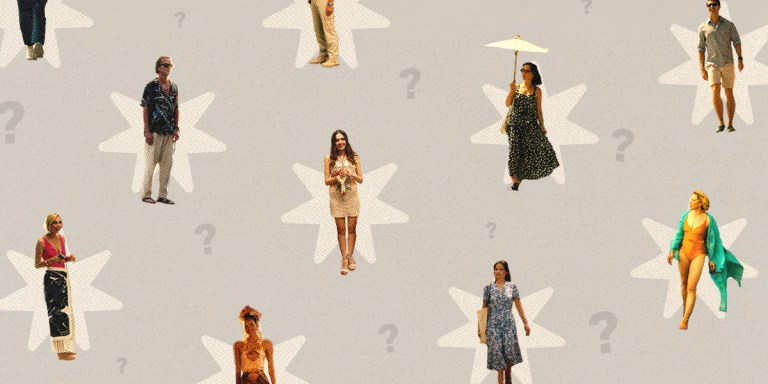first person
Robin Wright as a Ruthless Monster-in-Law in ‘The Girlfriend’ Gave Me Flashbacks
Nico
Oct 10, 2025










